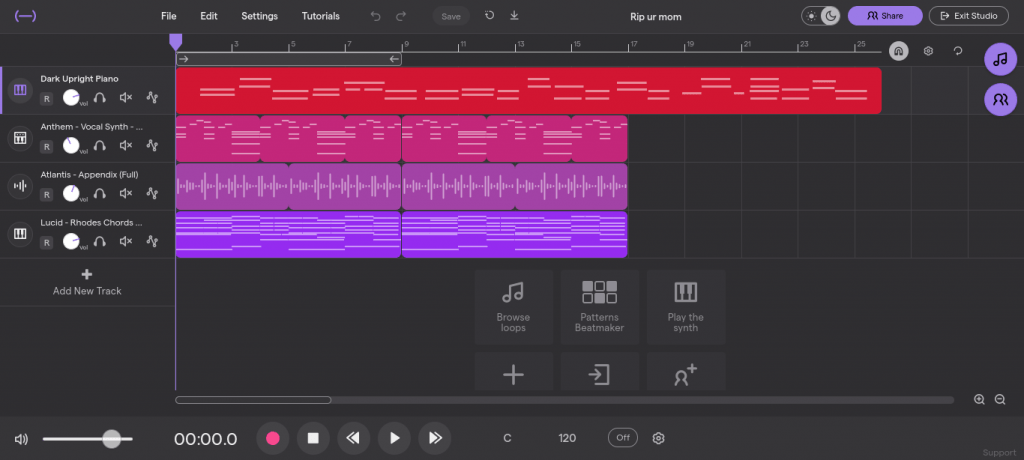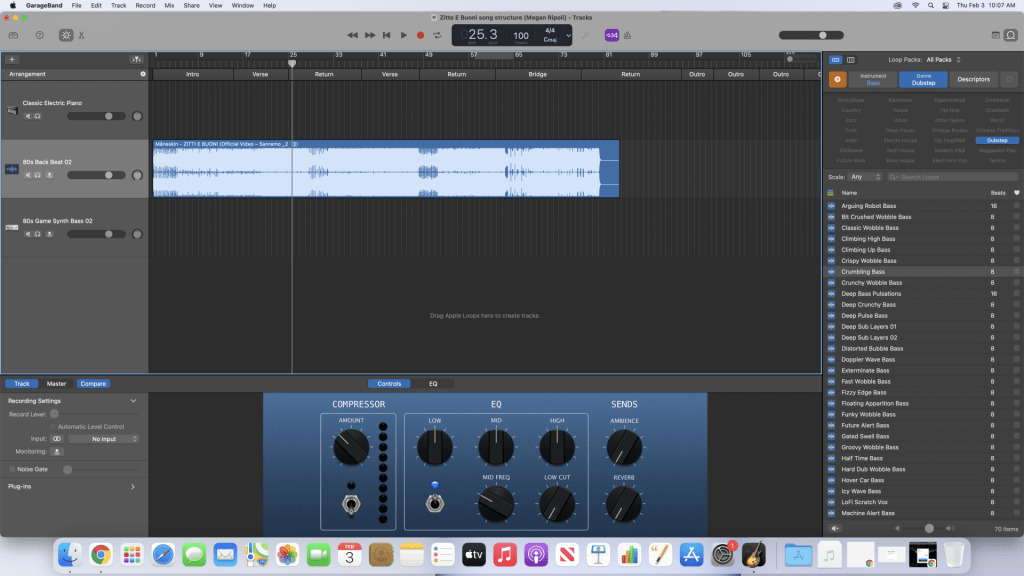
SUMMARY
During this February I have a couple projects to complete such as Music Composition, the practice of practice, and the microphone project.
Role
Guitarist
Intention (SMART Goal)
By March 2nd in School Of Rock, I will get better with guitar by using the How To Play Come As You Are by Nirvana quick riff video on youtube and will have a couple seconds of a cover of a song of choice in our Session 4 project.
PRE-PRODUCTION – INQUIRY
Leader(s) in the Field / Exemplary Work(s)
Kurt Cobain. I look up to Kurt Cobain because he’s a very influential guitarist and made great music in Nirvana.
Training Source(s)
How To Play Come As You Are by Nirvana quick riff
SMART Goal Schedule
Working on guitar every day and watching tutorials on Youtube to improve on the guitar.
PRODUCTION
SMART Goal Starting Point Evidence
SMART Goal Ending Point Evidence
POST-PRODUCTION – REFLECTION
Overall during this project, I think I did pretty good. I was more on task than in previous times. I worked really hard and I think my guitar skills got better which is always a plus.
21st Century Skills
Ways of Thinking (Creativity, Innovation, Critical Thinking, Problem Solving)
During this project, I was creative by exploring my options and I tried different styles but decided on Come As You Are by Nirvana. One problem I had was my nails were too long and in the way of the strings but now I know I can’t play with long nails this was my critical thinking. I had to innovate and change it up then I could play again.
Ways of Working (Communication & Collaboration)
During this project, I communicated with my friend/classmate Austin. He has helped me and given me feedback on my progress.
Tools for Working (Info & Media Literacy)
Youtube:
How To Play Come As You Are by Nirvana quick riff
Ways of Living in the World (Life & Career)
Possibly becoming a guitarist in a band.
Self-Evaluation of Final Version
During this project this month I felt good. It felt more relaxed which I always appreciate I worked hard and I think. I did well this month.
What I Learned and Problems I Solved
I learned new skills on a guitar that I couldn’t do before. The problems I had were not knowing how to play the song and finger placement. I solved this problem by watching tutorials on YouTube. After this, it all came together nicely.
Grammar and Spelling
I used Grammarly to help me.
Editor
Austin




